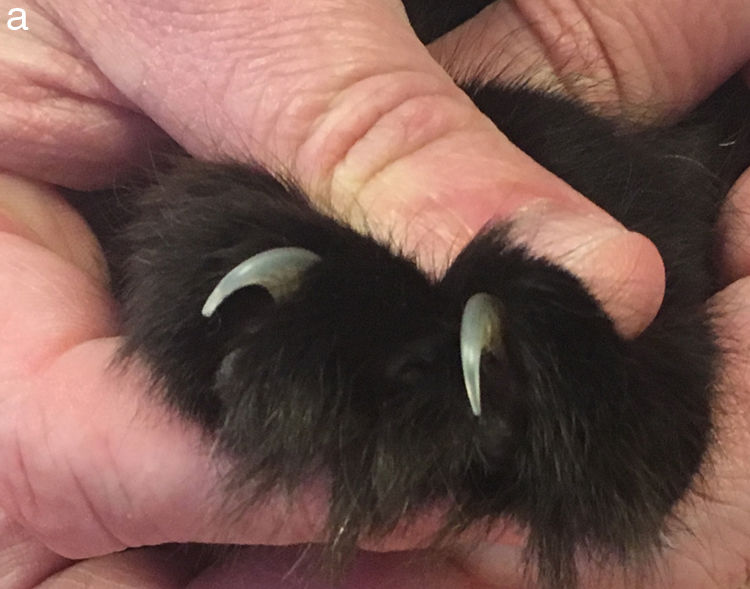As the World Organisation for Animal Health (OIE) points out, the concept of “One Health” was introduced in early 2000 in a concerted initiative with WHO and FAO to emphasise that human health and animal health are interdependent and bound to the ecosystems in which they coexist. In fact, 60% of the pathogens capable of infecting humans and causing zoonoses come from domestic or wild animals.
Only a few of these pathogens are fungi. Among the latter, we can highlight some of the dimorphic agents that produce sporotrichosis. Classically, sporotrichosis is considered an implantation mycosis caused by species of the Sporothrix schenckii complex whose reservoir is the soil, certain plants and decomposing plant material. In humans it is considered an occupational disease of gardeners and farmers in whom stings, spines and splinters of plant origin facilitate the entry of the pathogen in its mycelial form (Fig. 1). It is now known that the species causing these sapronoses are predominantly Sporothrix globosa and S. schenckiisensu stricto.
However, in the last two decades, Brazil has suffered one of the largest outbreaks of sporotrichosis, which is clearly of zoonotic origin. These outbreaks are clearly correlated with an increase in cases of sporotrichosis in cats. In these zoonoses, the scratches and bites inflicted by these animals would facilitate the entry of the pathogen directly in its yeast-like phase, playing a major role in the transmission and increased incidence of this disease in cats, dogs and humans (Fig. 2).
In fact, in Rio de Janeiro, where the stray cat population is high, more than 5000 cases have been detected in recent years, these animals being the main responsible of the transmission of sporotrichosis to humans in an unprecedented zoonotic outbreak. The species causing this zoonosis is Sporothrix brasiliensis.1 This species has been shown to be highly virulent and appears to be less sensitive to certain antifungal agents such as itraconazole or amphotericin B. Other species such as S. schenckii, S. globosa or Sporothrix luriei are responsible for a much smaller number of cases of this disease in these latitudes. In other Brazilian states such as Rio Grande do Sul, cases of sporotrichosis, although to a lesser extent, are also increasing.2 This is a clear example to apply the concept “One Health”.
Conflict of interestAuthor has no conflict of interest.
Financial support came from Servei Veterinari de Bacteriologia i Micologia of the Universitat Autònoma de Barcelona.
These Mycology Forum articles can be consulted in Spanish on the Animal Mycology section on the website of the Spanish Mycology Association (https://aemicol.com/micologia-animal/).












